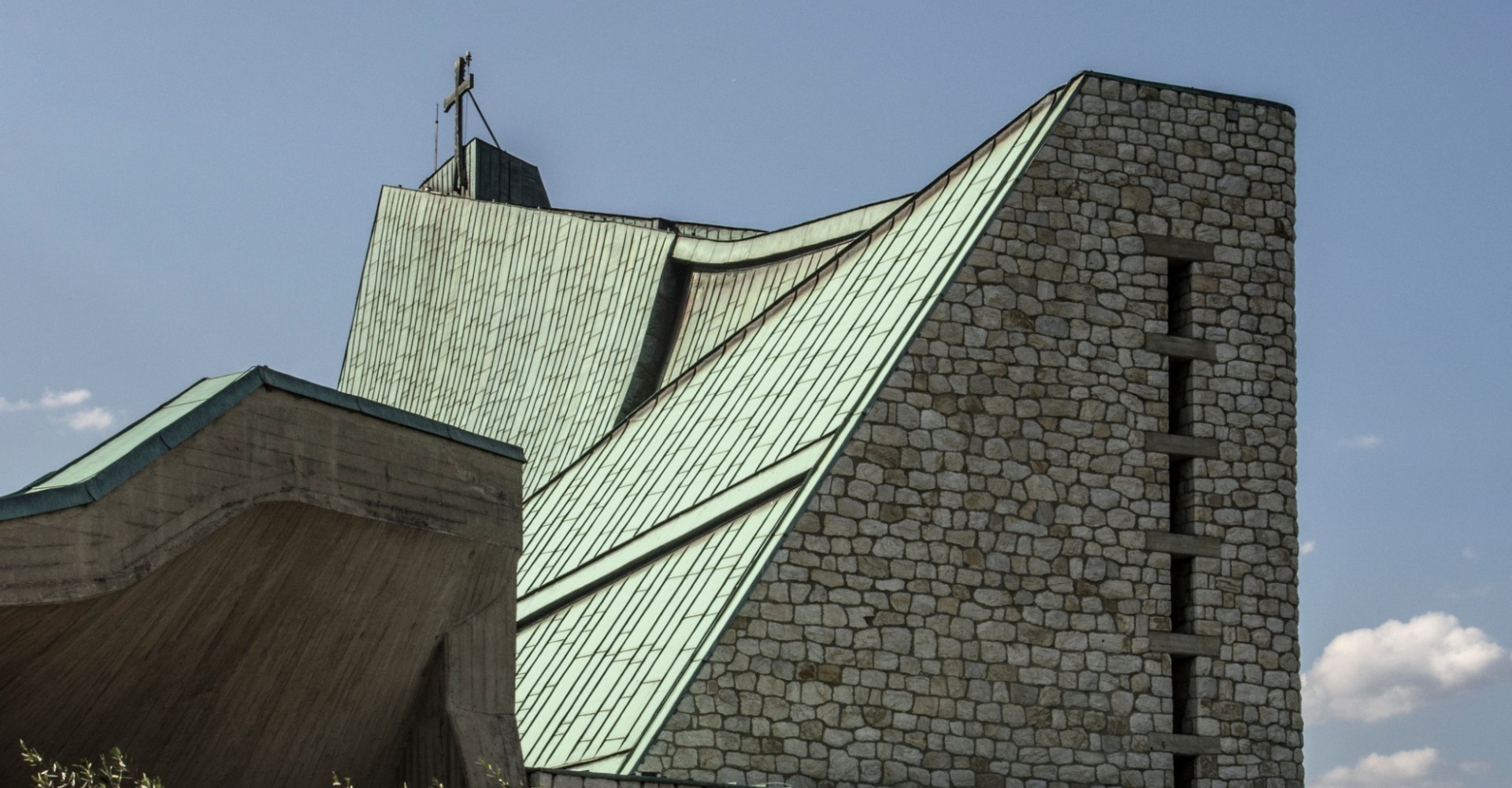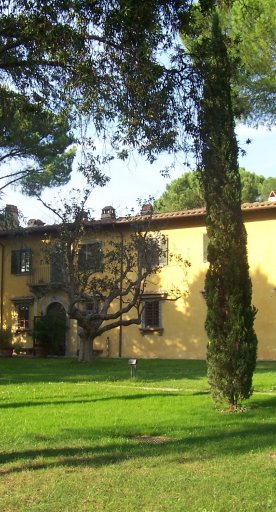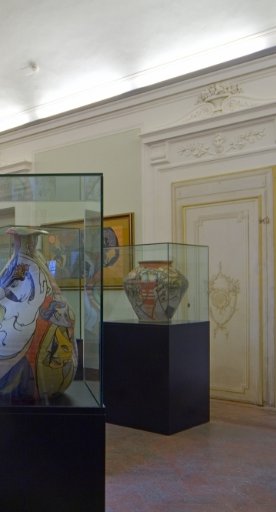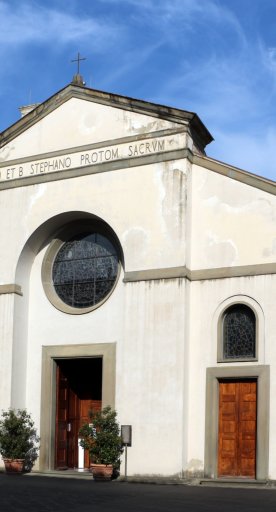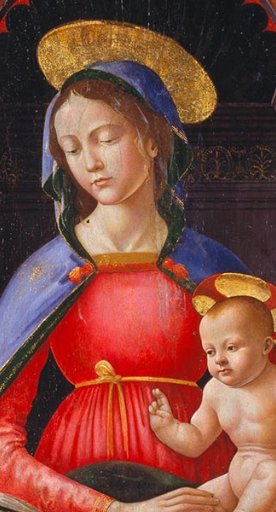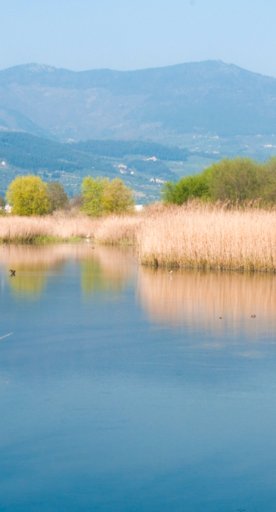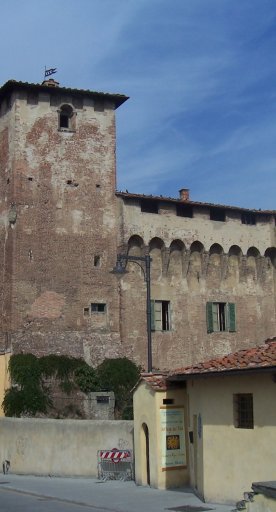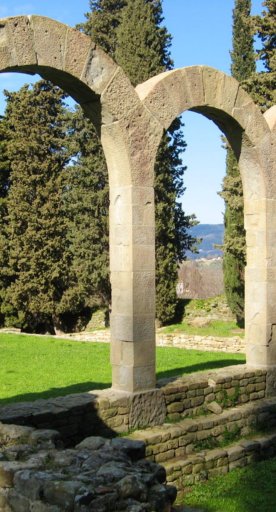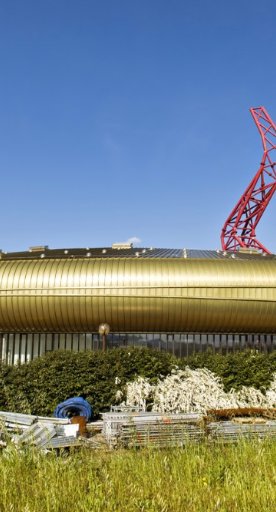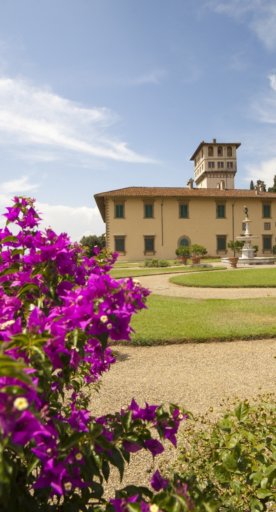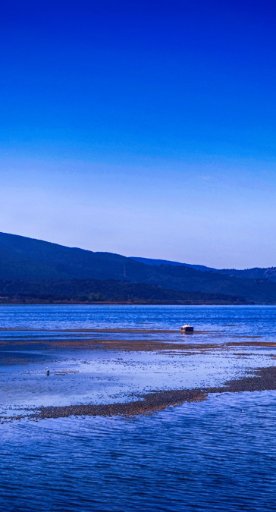Campi Bisenzio
Discover one of the most rustic typical cuisines in all of Tuscany
Campi has always been tied to its river, the Bisenzio, which weaves its way through the area and on whose banks rests the town’s history. Close to the river, the first urban centre was founded and developed around the Parish church of Santo Stefano protected by the fortress. Under the bell tower’s shadow, the river banks gave rise to the many local Campigiani citizens, whose history is written in the churches and villas dotted throughout the area. These same buildings bear witness to the deep ties that united Campi and the most powerful Florentine families, as well as relaying the town’s strategic role in defending Florence and the economic interests that have long prevailed here.
What to see in Campi Bisenzio
Check out the 9th century town hall, which still houses the age-old coats of arms of the Podesteria, and the more than a millennium-year-old Parish Church of Santo Stefano, home to numerous artworks including a Madonna and Child and Saints attributed to Verrocchio, a St. John the Baptist by Giovanni della Robbia and a wooden crucifix believed to be capable of miracles. Also head for the 18th century Dante Theatre, once one of Italy’s most popular opera houses which has recently been restored.
The iconic Church of San Giovanni is also unmissable, as is the Church of the Autostrada del Sole. The striking building was designed by Giovanni Michelucci and built between and 1964. It stands exactly halfway between Rome and Milan, erected as a memorial to those who lost their lives during the highway’s construction. An icon of modern architecture, the church grabs the attention of anyone who drives by due to its unique and unusual structure on the edge of the motorway.
Also worth a visit is the Antonio Manzi Museum, where visitors can follow the career of the artist after whom the museum is named, as well as the Museum of Sacred Art, in the village of San Donnino, displaying important local liturgical art.
In Santa Maria, a hamlet of Campi Bisenzio, you’ll be able to have a look inside the homonymous church dating back to the 11th century.
Check out the 9th century town hall, which still houses the age-old coats of arms of the Podesteria, and the more than a millennium-year-old Parish Church of Santo Stefano, home to numerous artworks including a Madonna and Child and Saints attributed to Verrocchio, a St. John the Baptist by Giovanni della Robbia and a wooden crucifix believed to be capable of miracles. Also head for the 18th century Dante Theatre, once one of Italy’s most popular opera houses which has recently been restored.
The iconic Church of San Giovanni is also unmissable, as is the Church of the Autostrada del Sole. The striking building was designed by Giovanni Michelucci and built between and 1964. It stands exactly halfway between Rome and Milan, erected as a memorial to those who lost their lives during the highway’s construction. An icon of modern architecture, the church grabs the attention of anyone who drives by due to its unique and unusual structure on the edge of the motorway.
Also worth a visit is the Antonio Manzi Museum, where visitors can follow the career of the artist after whom the museum is named, as well as the Museum of Sacred Art, in the village of San Donnino, displaying important local liturgical art.
In Santa Maria, a hamlet of Campi Bisenzio, you’ll be able to have a look inside the homonymous church dating back to the 11th century.
Nearby
Leaving Prato behind, head into the Florentine region to explore Lastra a Signa, a town located along the Arno River with links to Enrico Caruso, an iconic figure in music’s history. The maestro actually chose to make Villa Bellosguardo his home. The house is now a museum dedicated to the artist, where his fascinating career is traced out alongside period photographs, relics and costumes.
The Tuscan river is – and always has been – synonymous with nutrition, as evidenced by the historic cultivation of wheat straw. It was in fact from the 18th century that the city of Signa began to harvest this, which was quickly and skillfully transformed into precious materials for hats. The art of weaving grew exponentially as demonstrated by the Straw and Weaving Museum, which is home to a fascinating collection of hats as well as a route following tools and processing machinery.
Sesto Fiorentino is the final stop on our itinerary, a city holding close ties to ceramic and porcelain production.
Leaving Prato behind, head into the Florentine region to explore Lastra a Signa, a town located along the Arno River with links to Enrico Caruso, an iconic figure in music’s history. The maestro actually chose to make Villa Bellosguardo his home. The house is now a museum dedicated to the artist, where his fascinating career is traced out alongside period photographs, relics and costumes.
The Tuscan river is – and always has been – synonymous with nutrition, as evidenced by the historic cultivation of wheat straw. It was in fact from the 18th century that the city of Signa began to harvest this, which was quickly and skillfully transformed into precious materials for hats. The art of weaving grew exponentially as demonstrated by the Straw and Weaving Museum, which is home to a fascinating collection of hats as well as a route following tools and processing machinery.
Sesto Fiorentino is the final stop on our itinerary, a city holding close ties to ceramic and porcelain production.
Events
Among the recurring events in Campi Bisenzio is La meglio genìa, a month full of initiatives to promote local delicacies. The flagship event is the Palio della pecora, a gastronomic competition based on stewed lamb named after Sergio Iorio. The evening combines remembrance, tradition, solidarity and a sense of belonging.
Among the recurring events in Campi Bisenzio is La meglio genìa, a month full of initiatives to promote local delicacies. The flagship event is the Palio della pecora, a gastronomic competition based on stewed lamb named after Sergio Iorio. The evening combines remembrance, tradition, solidarity and a sense of belonging.
Typical dishes and products
Campi Bisenzio is famous for its traditional cooking. Pecora alla campigiana is a delicious lamb dish whose sauce is often used to dress pasta. The municipality lays its claim to finocchiona (Greve in Chianti also stakes a claim to the fennel-spiced salami) and roventino from Sesto Fiorentino, a rare pork sausage tartare that is fried and spiced.
Another of the area’s main courses include the cielo stellato, a rustic dish made by chopping three or four garlic cloves and a few parsley leaves with a mezzaluna knife. The mixture is fried in a large pan, then an egg is added and it’s all cooked like an omelet. The hamlet of Capalle has always been famous for duck (or “papero”): locals go mad for stuffed duck neck. Fried frogs, or “all’uovo”, are a speciality from the southernmost parts. A typical desert is the Campigiane, traditional local pastries, round and filled with custard.
Campi Bisenzio is famous for its traditional cooking. Pecora alla campigiana is a delicious lamb dish whose sauce is often used to dress pasta. The municipality lays its claim to finocchiona (Greve in Chianti also stakes a claim to the fennel-spiced salami) and roventino from Sesto Fiorentino, a rare pork sausage tartare that is fried and spiced.
Another of the area’s main courses include the cielo stellato, a rustic dish made by chopping three or four garlic cloves and a few parsley leaves with a mezzaluna knife. The mixture is fried in a large pan, then an egg is added and it’s all cooked like an omelet. The hamlet of Capalle has always been famous for duck (or “papero”): locals go mad for stuffed duck neck. Fried frogs, or “all’uovo”, are a speciality from the southernmost parts. A typical desert is the Campigiane, traditional local pastries, round and filled with custard.
